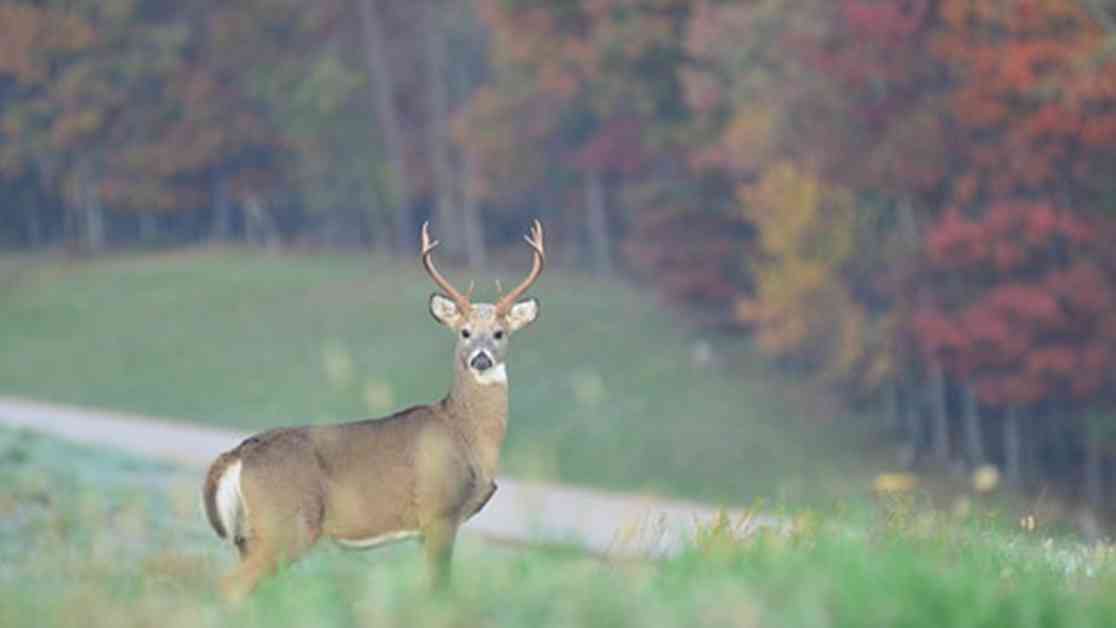Maryland Hunters Record Highest Deer Harvest in Five Years
Maryland hunters celebrating a triumphant season after reporting a remarkable deer harvest of 84,201 during the 2024-2025 hunting season. This significant increase marks a 15.9% rise from the previous season’s harvest of 72,642 deer, showcasing a notable 10.4% surge above the five-year average of 76,272. The Maryland Department of Natural Resources recently released these figures following the conclusion of the archery, firearms, and muzzleloader seasons, which stretched from September 6, 2024, to February 4, 2025.
State wildlife officials credit this surge in deer harvest numbers to favorable weather conditions, particularly during the later months of the hunting season. Colder temperatures and snowfall significantly contributed to increased deer movement, ultimately enhancing hunting success rates. Karina Stonesifer, Director of the Wildlife and Heritage Service, emphasized the vital role of deer hunting as a wildlife management tool in Maryland.
“As snow and cooler temperatures set the stage for successful hunts later in the season, deer hunters across Maryland enjoyed another year in the field,” Stonesifer expressed gratefully. “The robust harvest underscores the continued importance of deer hunting in managing the state’s deer population.”
White-Tailed Deer Dominance and Regional Breakdown
The majority of the deer harvest comprised white-tailed deer, with hunters bagging 32,148 antlered and 47,271 antlerless deer across the state. Additionally, the total included 2,143 antlered and 2,639 antlerless sika deer, a species primarily found in southern Maryland and on the Eastern Shore.
Sunday hunting, permitted on designated weekends in 20 of Maryland’s 23 counties, accounted for 9,459 deer, representing 11.2% of the total harvest. This increase in Sunday hunting participation has played a pivotal role in engaging hunters with limited weekday availability, thereby contributing to the overall rise in harvest numbers.
Regional data revealed substantial increases in Western Maryland and the central and eastern parts of the state. In Region A, which encompasses Garrett, Allegany, and western Washington counties, hunters harvested 10,275 deer, reflecting a 12.1% increase from the previous season’s 9,169 deer. The total included 5,836 antlered and 4,439 antlerless deer.
Region B, covering the remainder of Maryland, saw a notable 16.5% rise in deer harvests, with hunters taking 73,926 deer compared to the previous year’s 63,473. The breakdown for Region B included 28,455 antlered and 45,471 antlerless deer.
At the county level, Frederick County led the state in deer harvest numbers with 6,869 deer reported, showcasing a 4.9% increase from the previous year. Carroll County closely followed with 5,988 deer, while Garrett County recorded the third-highest total at 5,613. Baltimore and Washington counties rounded out the top five, reporting 5,239 and 5,066 deer, respectively.
Deer Population Management and Future Outlook
The steady increase in deer harvest numbers aligns with Maryland’s ongoing deer population management strategies. The Department of Natural Resources continues to advocate for hunting as a critical means of regulating deer populations, curbing overbrowsing of forests, and minimizing the risk of deer-related vehicle collisions.
Looking ahead, wildlife officials plan to evaluate this season’s harvest impact on local deer populations and make necessary adjustments to future hunting regulations. Maryland remains steadfast in ensuring a balanced and sustainable deer population while providing recreational opportunities for hunters.
In conclusion, the surge in deer harvest numbers amid Maryland’s 2024-2025 hunting season signifies a triumph for hunters and the state’s wildlife management efforts. As the community celebrates this success, the Department of Natural Resources remains committed to preserving a harmonious coexistence with nature, guided by responsible hunting practices and sustainable population control.

















